Context
Jaguar Land Rover (JLR) was modernising its global Identity and Access Management (IAM) ecosystem as part of a wider digital transformation.
The existing user journeys — for customers, retailers, and employees — were fragmented, inconsistent, and heavily engineering-led.
Visuals didn’t reflect the premium quality of the brand, and the IAM interfaces lacked accessibility, mobile responsiveness, and design governance.
As Senior UX Consultant, I was brought in to introduce a design-first approach to a traditionally technical environment and to establish a scalable multi-brand design system that could unify JLR’s authentication experiences across products and markets.
Key Achievements
- Introduced design-led methodology into IAM delivery
- Built multi-brand design system for Jaguar and Land Rover
- Improved accessibility, consistency, and development efficiency
- Helped shift engineering culture toward design-first thinking
The Challenge
At the start of the project, the IAM experience presented several challenges:
- Multiple portals and user types (B2C, B2B, B2E) with inconsistent UI and logic
- No unified visual identity across Jaguar and Land Rover sub-brands
- IAM journeys built directly by developers, with no UX input or testing
- A purely functional, security-driven design that ignored the brand experience
- Limited documentation, governance, and collaboration tools
The result was friction at every level — from registration and sign-in through to consent and account recovery.
The business goal was clear: create a modern, elegant, and frictionless IAM experience that matched JLR’s digital ambitions and set a new standard for identity design across the organisation.
Objectives
- Introduce a design-led delivery model into the IAM programme.
- Define a consistent multi-brand design system reflecting JLR’s new digital identity.
- Simplify key IAM workflows (login, MFA, registration, consent, password reset).
- Improve accessibility, responsiveness, and usability.
- Align developers, architects, and designers under a shared visual and interaction framework.
My Role
I led the end-to-end UX and design strategy across the IAM programme — from research and stakeholder alignment through to detailed component design and developer enablement.
Key contributions:
- Defined and delivered a Figma-based design system, introducing design tokens, reusable components, and multi-brand themes (Jaguar / Land Rover).
- Collaborated closely with JLR’s internal digital brand and UX teams to ensure full brand compliance and future scalability.
- Translated JLR’s luxury design principles into digital interaction patterns suited for security-critical applications.
- Partnered with iC Consult’s front-end engineers to implement accessible, modular UI components within Ping Identity / PingOne environments.
- Facilitated UX workshops, design reviews, and weekly stakeholder sessions to build alignment across disciplines and geographies.
This was as much about cultural transformation as design execution — introducing empathy, consistency, and structure into a space historically dominated by engineering.
Approach
1. Discovery and Alignment
I began by mapping the full IAM landscape — B2C, dealer, and internal portals — identifying friction points and inconsistencies.
Through stakeholder interviews and heuristic evaluations, I captured insights into user pain points, technical constraints, and brand ambitions.
We then ran cross-functional alignment sessions to ensure consensus on priorities:
- Which journeys mattered most to business KPIs
- Where the biggest usability issues occurred
- How security and brand experience could coexist without compromise
This phase was key to building trust and breaking down silos between JLR and iC Consult teams.
2. Design System and UX Framework
I created a multi-brand Figma design system built on atomic principles.
It included:
- Colour tokens and typography aligned with JLR’s master brand
- Adaptive layouts for desktop, tablet, and mobile
- Reusable components (inputs, modals, buttons, consent banners, MFA screens)
- Accessibility-compliant patterns (WCAG 2.1 AA)
- Brand-switching logic to toggle between Jaguar and Land Rover visual themes
This became the foundation for all future IAM interfaces and was shared across design, engineering, and marketing teams.
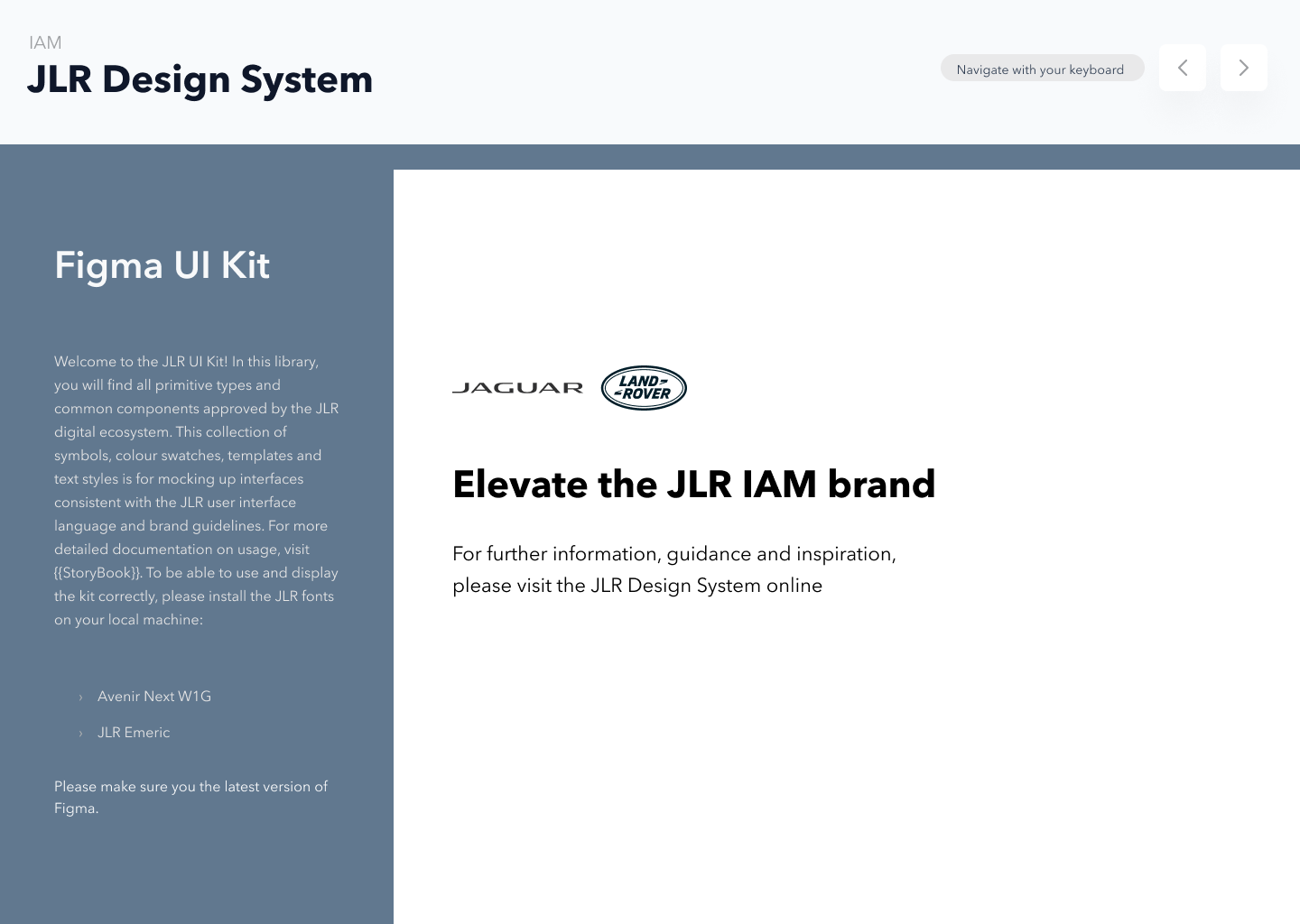
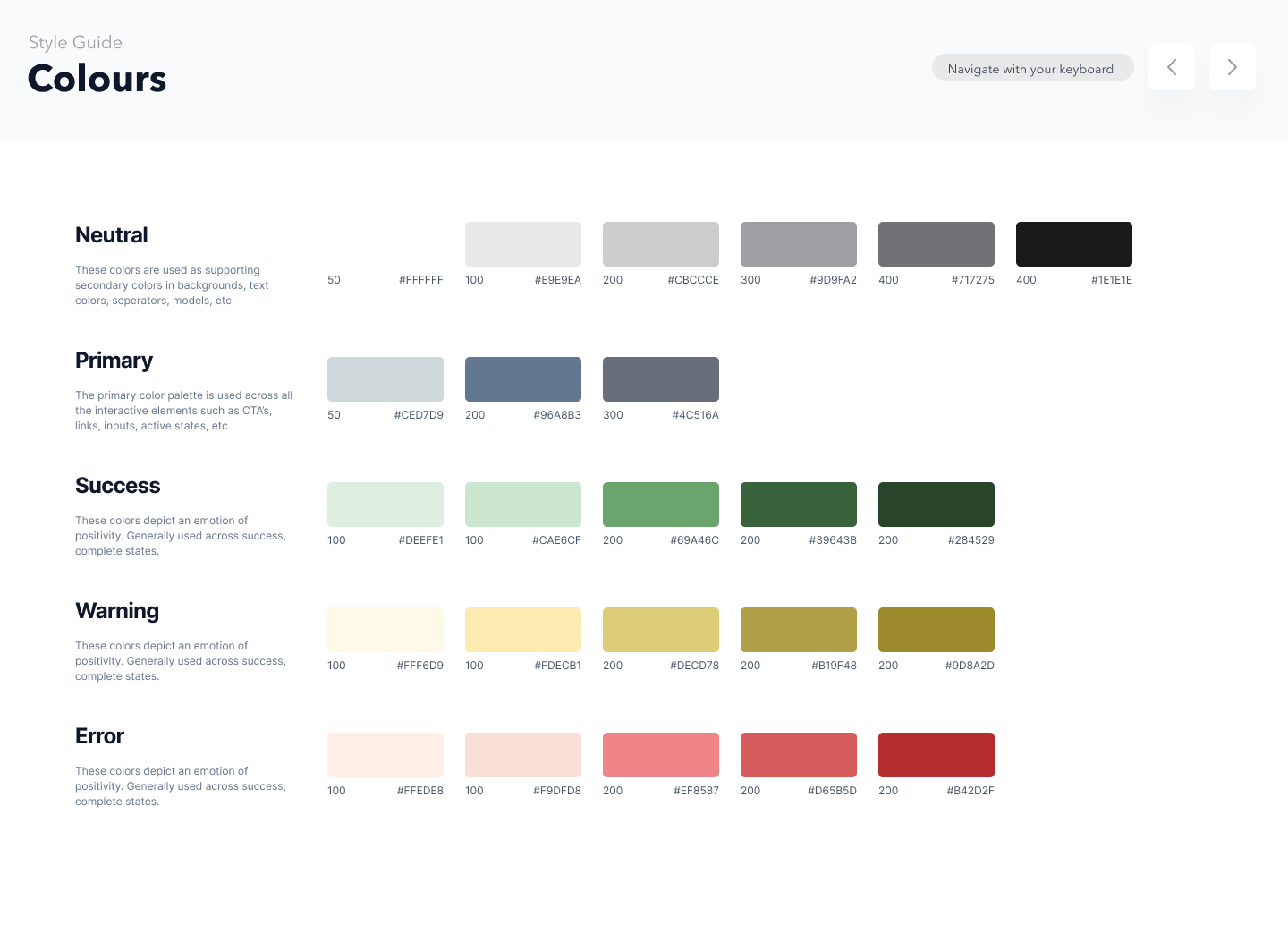
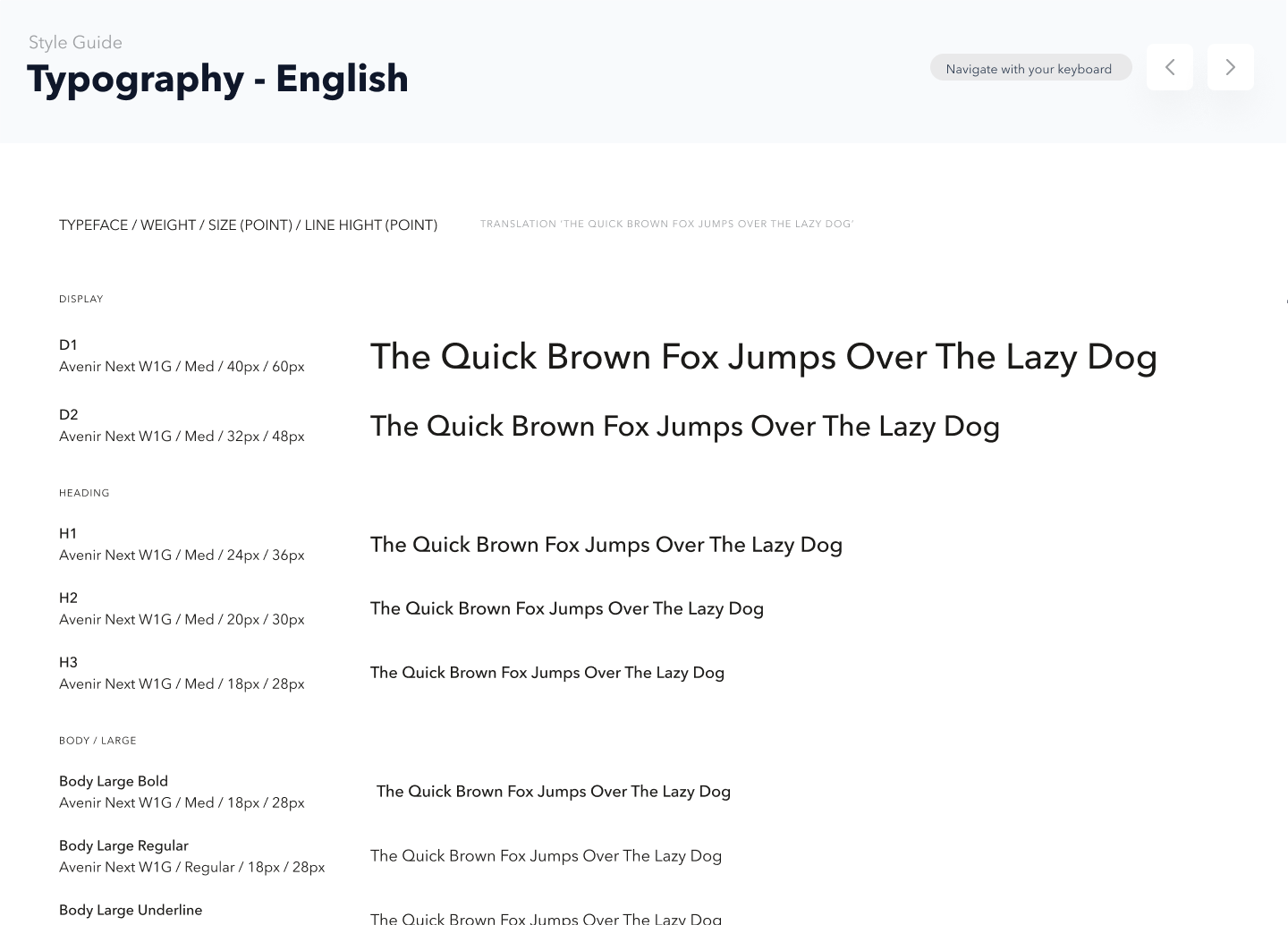
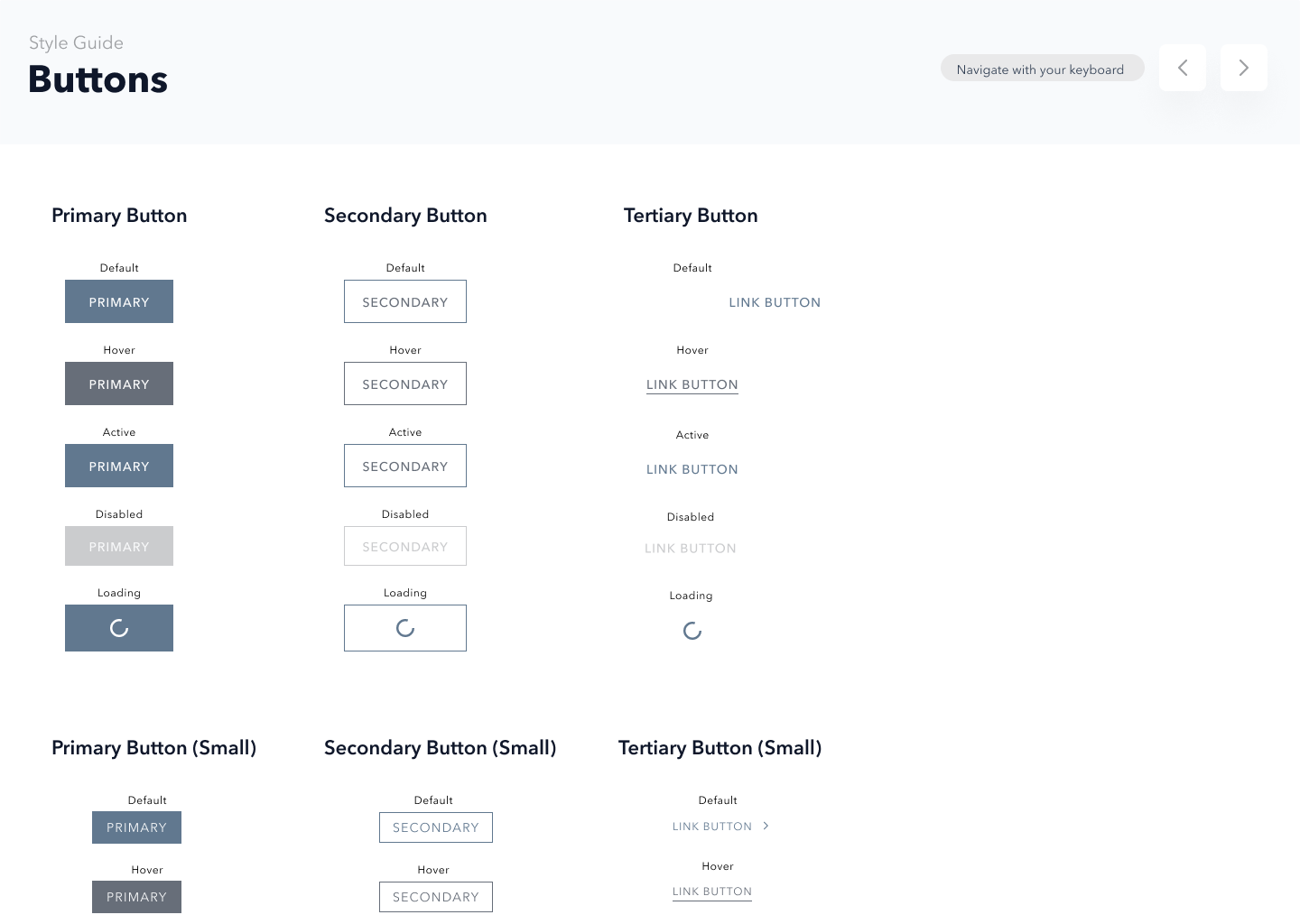
3. Delivery Integration
I embedded design directly into the IAM delivery workflow.
Developers received component documentation, code snippets, and annotated prototypes to accelerate build quality.
We introduced regular design-dev syncs, reviewed implementation quality, and maintained version control within the design library.
This ensured every new identity flow — from registration to password reset — launched faster, cleaner, and on-brand.
Overcoming Resistance
Early on, there was scepticism about “bringing design into IAM.”
To overcome this, I:
- Demonstrated real-world improvements through prototype testing
- Showed how design systems could reduce rework and technical debt
- Delivered quick wins that improved usability and efficiency
- Built rapport with senior engineers by aligning on measurable outcomes
By the midpoint of the project, what began as resistance had turned into advocacy — design was no longer “optional,” but essential.
Results
The project delivered a measurable shift in both process and perception:
- A unified design system adopted across multiple JLR IAM portals
- Faster rollout of new identity features through reusable components
- Improved accessibility and mobile responsiveness
- Greater alignment between brand, design, and technical delivery teams
- A scalable design framework supporting future connected-car experiences
Perhaps most importantly, the initiative changed how JLR and iC Consult teams thought about IAM — moving from engineering-only to a design-informed, user-centred discipline.
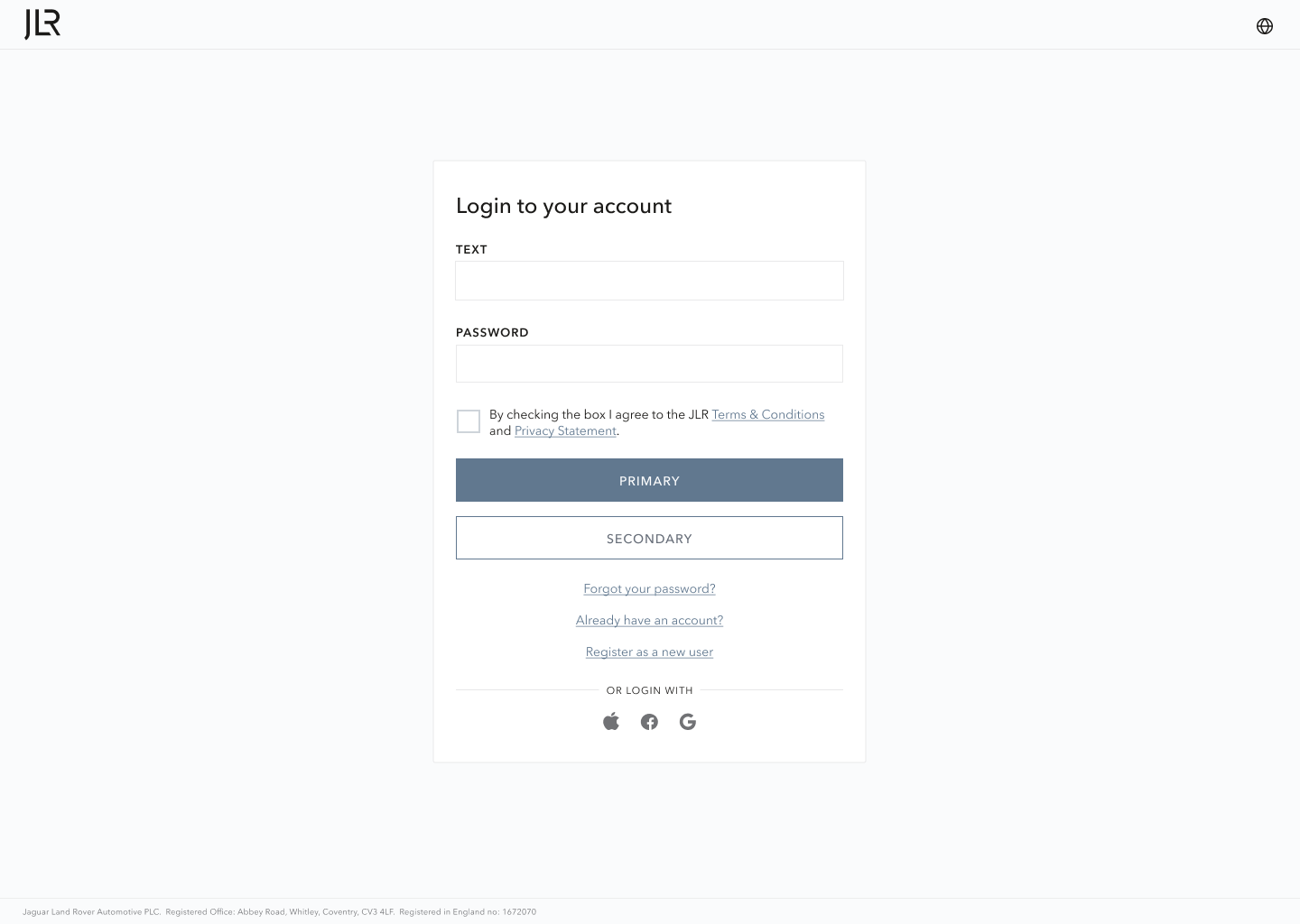
Reflection
This engagement reinforced how UX leadership can reshape technical culture.
In an environment defined by security and compliance, introducing design principles required patience, diplomacy, and evidence.
The result was not just better screens — it was a more collaborative, mature process where every decision balanced usability, security, and brand value.
It proved that great design isn’t about decoration — it’s about clarity, confidence, and cohesion at every level.
